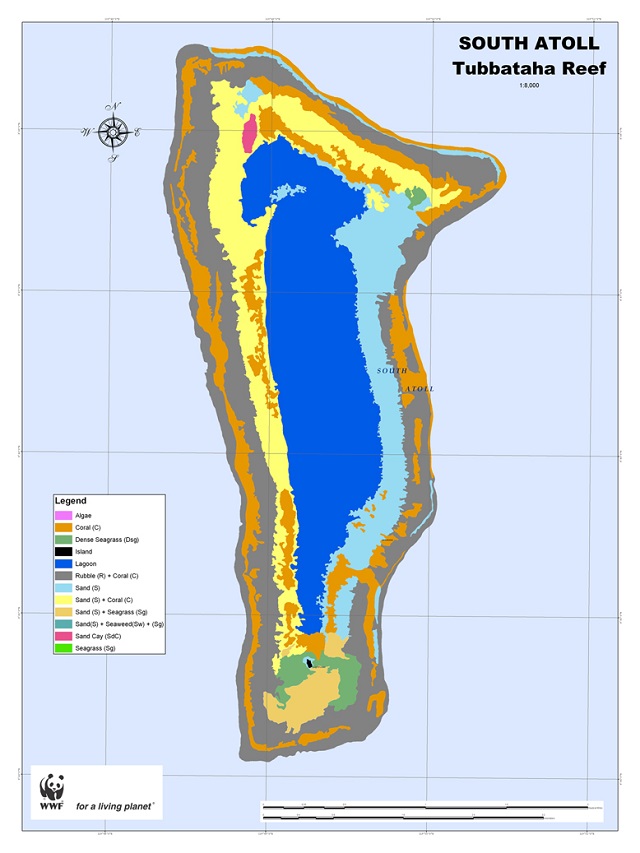In my graduate class at Notre Dame University, I assigned my students a research paper to ‘track’ the evolution of the Bangsamoro Identity. The work entails identifying the various social movements that contribute to the shaping of this evolving political construct - Bangsamoro.
To begin with, the new and evolving Bangsamoro identity has NO ‘connect’ to the word - Moro – used by the Spaniards and the Americans during the colonial times. Then there is the observation that the there are two versions: one word – Bangsamoro or two words – Bangsa Moro.
The first use of the word ‘Moro’ was in the Iberian Peninsula when the Muslim conquering warriors coming from North Africa crossed to the Gibraltar Straight and occupied the whole Iberian Peninsula for more than seven hundred years. These were the Berbers or the Moriscos coming mainly from the modern Morocco.
The Muslims in the Iberian Peninsula rule covered not only Spain but as far as Southern Italy (the island of Sicily) and the Pyrenees in Southern France. It was the ‘Western’ Umayyad Empire that continued until almost towards the end of the 15th century even after its collapse in Damascus.
The first time the word Moro was used on this side of the globe was during the famous Battle of Manila between the Spaniards and the Muslim Principality of Manila in the 2nd half of the 16th century. It was a shock for the Spaniards to do battle with Muslim warriors, again, after the years of ‘Reconquista’ that lasted until 1492 and after crossing the Atlantic and the Pacific Oceans.
From then on, the followers of the religion of Islam bore the name Moros by ‘ascription’ first by the Spaniards and then by the Americans and the subsequent Philippine Republic. The word Moro carried a pejorative meaning of being ‘uncivilized’, ‘uneducated’, ‘unlettered’, etc. It was so bad that in the 1950’s, a Congressional Resolution sponsored by the Muslim Representatives led by Reps. Alonto and Lucman reminding all sundry including public and private institutions and communication facilities that the followers of Islam in the Philippines must be called Muslims and NOT Moros. Our then Congressman and former Senator Salipada Pendatum introduced for the first time the so-called ‘hyphenated’ identity, Muslim-Filipinos.
Congressman Pendatum was the product of a period when people have to grapple with multiple identities. The other version that made popular in the 70’s was Cesar Adib Majul’s masterpiece, The Filipino Muslims. Thus before the Martial Law, the followers of Islam in the Southern Philippines were either called Muslims by Congressional Resolution that saw this label as most appropriate or Muslim-Filipinos (or Filipino Muslims). Other people in ‘darkness’ and in private conversation continued to refer to them as Moros in a pejorative sense.
The first POSITIVE public use of the word MORO was the publication of the political ‘phamplet’ by Dr. Asani in early 70’s – Moros and not Filipinos! The use was not only by ‘self-ascription’ but also by way of ‘purifying’ the word that would come to mean as ‘unconquered’,‘un-colonized’ and a nation in struggle.
The phenomenon of ‘self-ascription’ was akin to the appropriation of the word – Filipinos – by the revolutionaries in 1896 under the leadership of Andres Bonifacio. Prior to this, the word Filipinos referred to the Spaniards born in the Archipelago to differentiate them from the Spaniards born in the Iberian Peninsula. In a similar vein, it was a new identity to refer to a nation in struggle for their independence and unbowed by powers of the Colonizers.
In a similar way, the word MORO (by self-ascription) evolved from the struggle of peoples to regain their dignity and homeland. It was NO accident that when these idealistic young men and women were looking for a name to spark the rebellion in the Southern Philippines, they chose Moro National Liberation Front. This was in contrast to the Muslim Independence Movement started by Datu Udtog Matalam.
The Bangsamoro identity is a sequel to this historical struggle of a people. It has NO connect to the Moro ascription by the colonizers. The meaning and shape of the new identity continues to evolve as peoples take stock of the struggles in the Southern Philippines not only for identity but also for a nation and a homeland.
Since it is a young political construct, the identity continues to grow and is enriched by people's actual participation in the struggles. While the MNLF and the MILF have the major roles in shaping the said identity, the peoples in struggle shape its meaning. Ultimately, what truly matters is not the identity written in paper or stone but the identity written in the hearts of men and women in struggle as they retrieve not only their dignity but also their souls.



